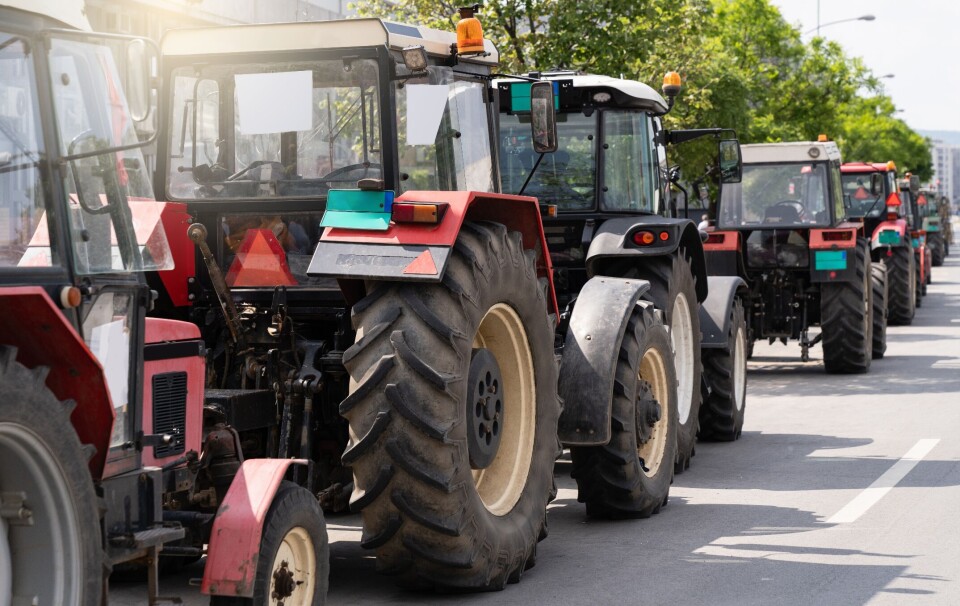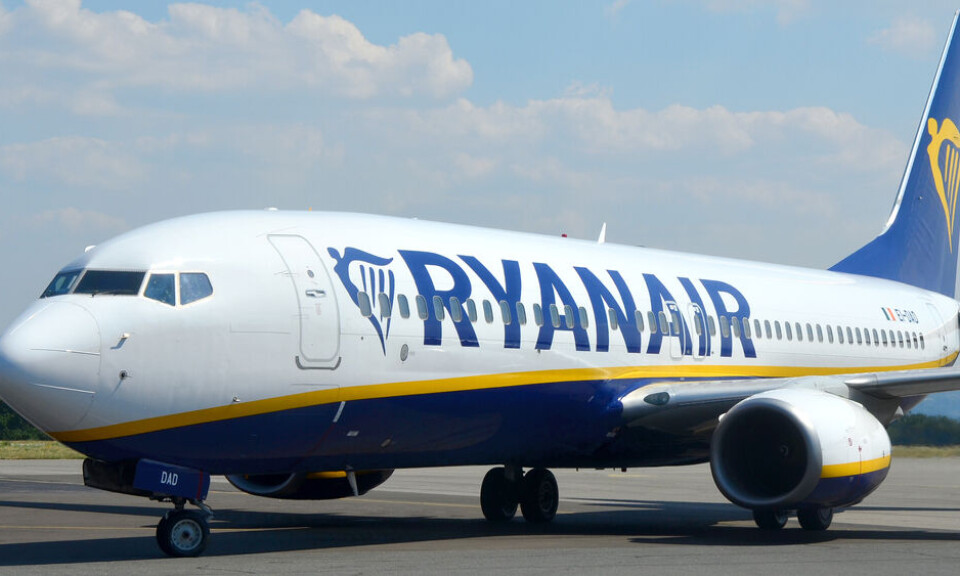-
Cold Christmas in France, but little chance of snow
High-pressure system will move into France from north-east at the start of next week
-
British ‘Puppet Master’ conman in French jail wins phones back on appeal
Robert Hendy-Freegard was given a six-year sentence after hitting two gendarmes with his car
-
Alleged British hacker in jail in France offers to help with police data breach
Recent attack targeted police files
French public warned over edible chestnut confusion
The French public has been warned not to confuse toxic conkers (“ marrons ”) with edible chestnuts (“ châtaignes ”) - often used for “ marrons glacés ” - as autumn foraging begins.

National food safety agency l'Agence Nationale de Sécurité Sanitaire de l'Alimentation (Anses), issued the warning this week after reports of some people becoming poisoned from accidentally eating a toxic variety of the popular autumn food.
Confusion between the common conker and edible chestnuts “represented 11% of the confusion, in all seasons”, the agency said.
In a statement, Anses warned: “Even if we often talk about ‘chestnuts’, [the traditional Christmas snack] ‘glazed or roast chestnuts’ (“marrons glacés”), or even ‘cream of’ or ‘chestnut purée’, these are in fact made with varieties of large chestnuts (“châtaignes”) specifically farmed for human consumption.”
Whether wild or farmed, chestnuts (châtaignes) are edible.
But conkers (sometimes known in French as “marrons d’Inde”), which are found underneath horse chestnut trees, are not. They can cause digestive problems such as abdominal pain, or nausea and vomiting; and throat irritation.
Visible differences: Conkers or horse chestnuts (L) compared to edible or "sweet" chestnuts (R)
Advice for telling the difference:
- Chestnut skins (called “burrs” - or “bogues” in French) are usually brown-green with long “fluffy” spikes, whereas conker skins are thick and green, with short spikes (see images, above)
- Chestnut cases contain two or three chestnuts inside, whereas conker cases usually only contain one piece
- Chestnuts have a flat bottom and a point on the top, whereas conkers do not have this pointed shape
- Chestnuts are found in woods and forests; whereas conkers are usually found in towns, such as in parks and school playgrounds
Conkers are also sometimes known as horse chestnuts (not edible), and edible chestnuts are sometimes known as sweet chestnuts.
Stay informed:
Sign up to our free weekly e-newsletter
Subscribe to access all our online articles and receive our printed monthly newspaper The Connexion at your home. News analysis, features and practical help for English-speakers in France
























